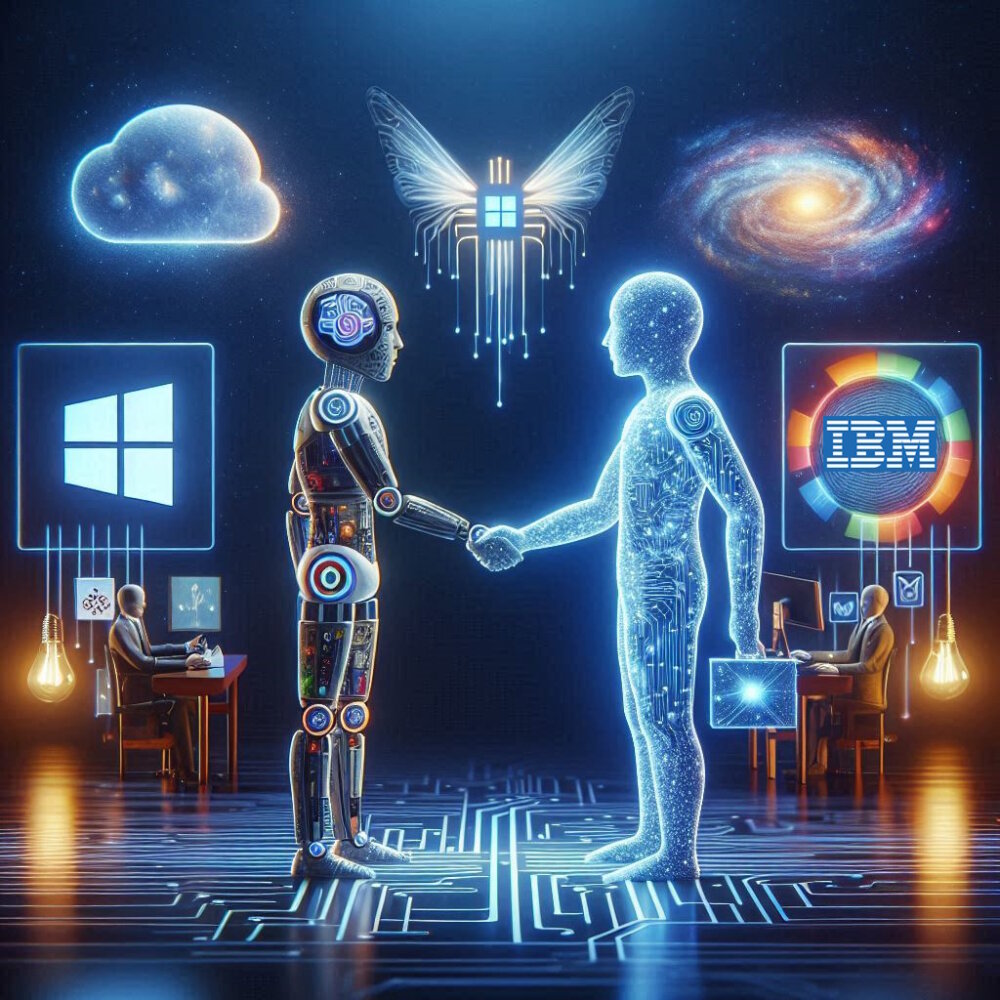
Dreaming of electric sheep – artificial animals in Blade Runner
TechFinitive x FlashForward is our new, exclusive newsletter. Every fortnight, we pick a technology featured in a classic movie and fast forward to where it’s at today. Subscribe to it on Substack so that you’re notified every time a new edition goes out. This edition was originally published on the 15th of August.
Flashback: A stylish and massively influential mash-up of sci-fi and film noir, Blade Runner was Ridley Scott’s adaptation of a Philip K Dick novel. The movie follows hard-bitten cop Rick Deckard (Harrison Ford) as he pursues artificial humanoids through a neon and rain-drenched future. Closing in on his android prey, the hunter finds a crucial clue that leads him to a bio-engineered synthetic snake slithering on the shoulders of scantily-clad dancer Zhora (Joanna Cassidy).
Flashforward: Blade Runner was adapted from author Philip K Dick’s novel titled Do Androids Dream of Electric Sheep? As you can tell from the name, artificial animals were a much bigger part of the book, in which android pets were a status symbol on a fading post-war earth ravaged by radioactive dust and abandoned by the rich.
Ridley Scott’s movie adaptation focuses squarely on humanoid androids, dubbed “replicants”. But manufactured animals do appear in the film, including that bio-engineered snake and a “very expensive” owl. The owl swoops around as Deckard asks questions testing the subject’s empathy with animals in the movie’s memorable Voight-Kampff test, a sort of Buzzfeed quiz to work out if you’re a robot.
When we say “robot”, you might imagine something built from metal and plastic like Boston Dynamics’ notorious dog-shaped robot Spot. But if we’re talking about a more lifelike creation than a box with four legs, the science of creating artificial animals may be closer to the bio-engineering approach seen in Blade Runner.
In real life, researchers led by Harvard University professor and US Army officer Kit Kevin Parker demonstrated what’s been dubbed “the world’s first artificial animal” in 2016. They adopted a principle known as biomimicry, by which human creations are inspired by nature.
Their tissue-engineered, soft robotic ray was inspired by a stingray. The robotic ray consisted of a 3D-printed rubber body coated with rat heart cells, enclosing a skeleton made of gold.
The heart cells responded to light, causing the ray’s wings to move and allowing it to follow a moving light.
As well as sounding really cool (a gold skeleton!), this experiment may help scientists develop living artificial hearts for transplants.
Meanwhile, animal farming is a significant contributor to the climate crisis. So if we can replace animals with synthetic alternatives, whether it’s bio-engineered beings or plant-based meat, it could take pressure off our changing ecosystem.
When it comes to fabricating human-like intelligence, there’s a debate about what counts as life, intelligence or sentience. But when we’re artificially emulating much more basic lifeforms, it’s less clear what the difference is between, say, a stingray or a genetically engineered robotic ray. Developing synthetic creatures that can respond to stimuli with complex behaviours could be an important step towards creating true artificial life.
Who should make one?
The novel’s robot animals are a sort of belated attempt to reconnect with nature, although Deckard’s coveting of an animal better than his electric black-faced sheep is probably just a crass aspiration to be wealthy and successful. Ideally, artificial animals should be more than a wealthy person’s plaything and could slow or even restore damage to ecosystems heading for collapse.
Track it down
There are several cuts of Blade Runner (the Ultimate Collector’s Edition DVD contains five different versions!), which deepen a mystery around who’s human and who’s not. The various cuts, and a wealth of interesting behind-the-scenes material, make it a worthy DVD or Blu-ray purchase. Or you can stream the film on Amazon Prime Video in the UK, and check out the atmospheric sequel Blade Runner 2049 directed by Denis Villeneuve.
Verdict
In real life, the first animals to be successfully cloned were blackface sheep, just like Deckard’s pet robot in Philip K Dick’s novel. Either the genetic scientists at Scotland’s Roslin Institute were interested in the possibility of cloning livestock for farming and research, or they were massive Blade Runner fans. Either way, you may have heard of the famous Dolly the sheep, who became a woolly icon in 1997 as the first mammal cloned from an adult cell. She was preceded by various cloned fish, mice and sheep created from embryo cells — but clones are a subject for another episode.
In Philip K Dick’s novel book and in the movie Blade Runner, artificial animals highlight themes of ecological collapse on a dying planet where real animals have become almost entirely extinct. In the real world, while it would be nice to recreate extinct animals that have already been wiped out, it would be better if we saved the endangered species and habitats we still have — before they’re lost like tears in rain.
Down the rabbit hole
How Biomimicry is Inspiring Human Innovation
Director Denis Villeneuve explains why there are no iPhones in Blade Runner 2049
For more on artificial intelligence
NEXT UP

Alexey Kalachik, CEO & Co-Founder at Fively: “The potential for digitalisation within insurance is enormous”
We interview serial entrepreneur Alexey Kalachik, CEO & Co-Founder at Fively, on the future of fintech and what makes this space so exciting for startups.

IBM bolsters AI push with Microsoft Copilot launch
In a bid to boost its AI offering, IBM Consulting will enable enterprises to create and manage AI copilots – including Copilot for Microsoft 365

Andrew Kay, Director of Systems Engineering APJ at Illumio: “The most worrying development with ransomware is that it has evolved from simply stealing data to impacting IT availability”
Andrew Kay, Director of Systems Engineering APJ at Illumio, has 20 years’ experience helping organisations strengthen their cyber resilience. We interview him as part of our Threats series on cybersecurity.
